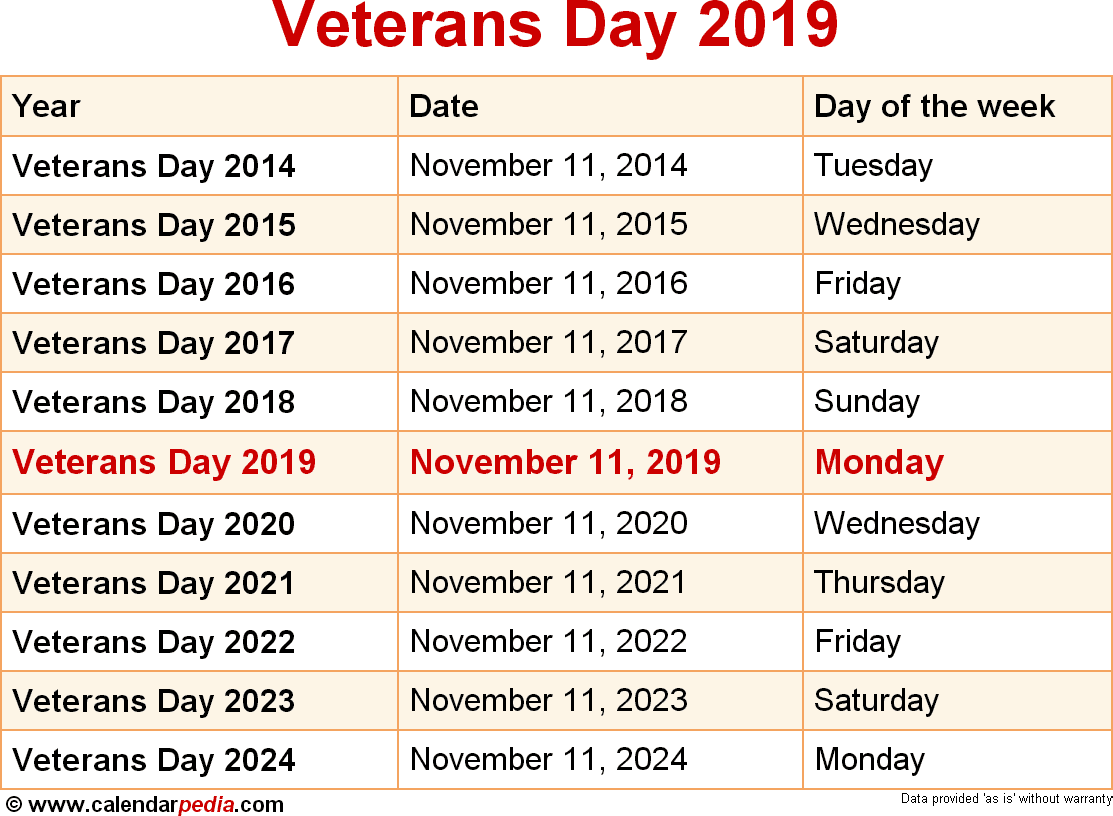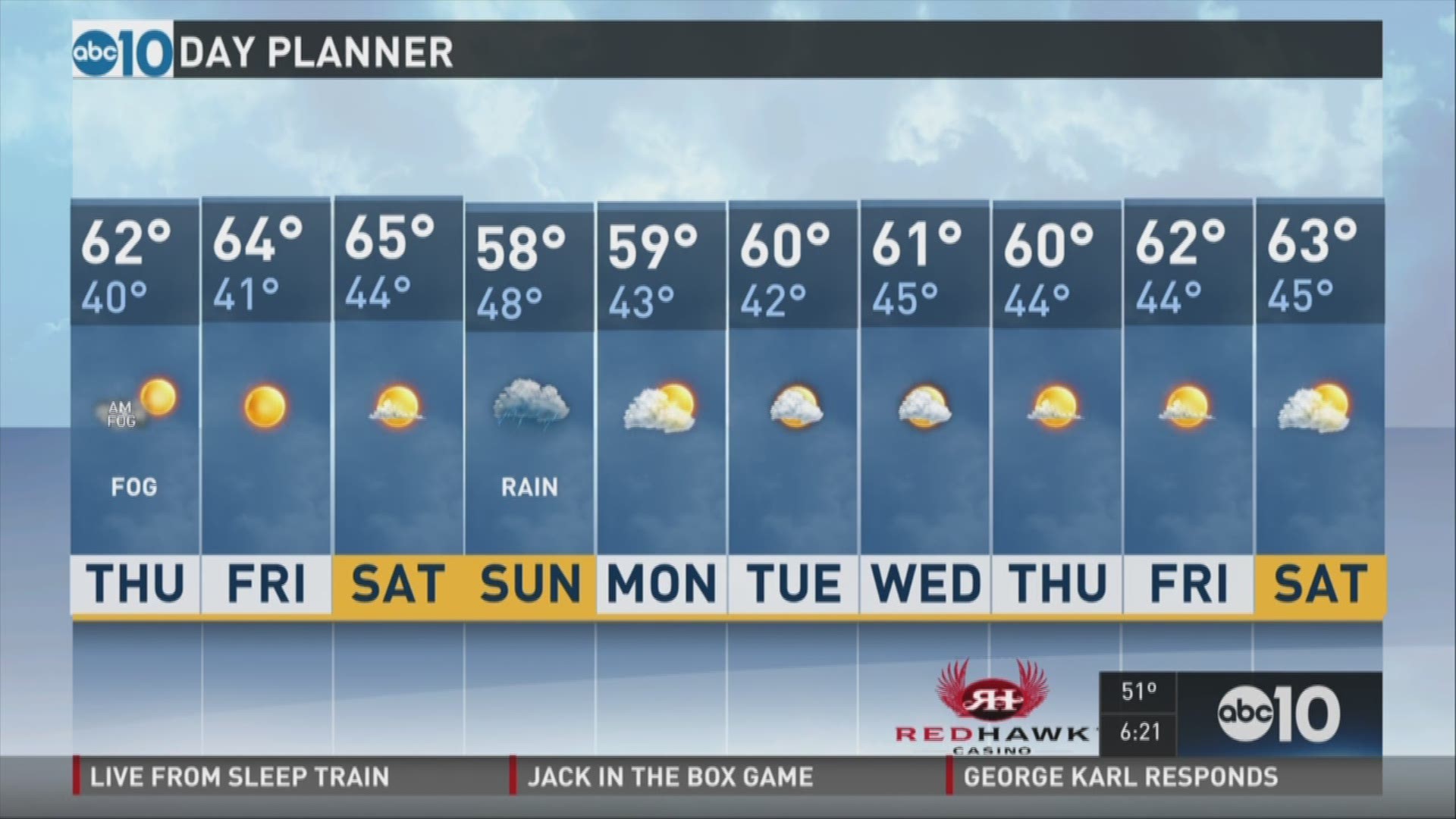

Some institutions observe two-minutes' silence at 11 am through a programme named Read 2 Remember, children read the Pledge of Remembrance by Rupert McCall, and teachers deliver specially developed resources to help children understand the significance of the day and the resilience of those who have fought for their country and call on children to also be resilient when facing difficult times. In Australia, Remembrance Day is always observed on 11 November, regardless of the day of the week, and is not a public holiday it is a time when people can pay their respects to the substantial number of soldiers who died in battle. The Governor of Western Australia, Malcolm McCusker, laying a wreath at the Eternal flame, Kings Park, Western Australia, 11 November 2011 The act is enhanced by the use of dedicated cenotaphs (literally Greek for "empty tomb") and the laying of wreaths-the traditional means of signalling high honours in ancient Greece and Rome. This makes the ritual more than just an act of remembrance but also a pledge to guard the honour of war dead. For military purposes, the traditional night vigil over the slain was not just to ensure they were indeed dead and not unconscious or in a coma, but also to guard them from being mutilated or despoiled by the enemy, or dragged off by scavengers. " The Last Post" was the common bugle call at the close of the military day, and "The Rouse" was the first call of the morning. The central ritual at cenotaphs throughout the Commonwealth is a stylised night vigil. Services also include wreaths laid to honour the fallen, blessings, and national anthems. The " Flowers of the Forest", " O Valiant Hearts", " I Vow to Thee, My Country" and " Jerusalem" are often played during the service. The Service of Remembrance is finished by a recitation of the " Ode of Remembrance". The Service of Remembrance in many Commonwealth countries generally includes the sounding of the " Last Post", followed by the period of silence, followed by the sounding of " Reveille" or sometimes just " The Rouse" (often confused for each other. The common British, Canadian, South African, and ANZAC tradition includes a one- or two-minute silence at the eleventh hour of the eleventh day of the eleventh month (11:00 am, 11 November), as that marks the time (in the United Kingdom) when the armistice became effective. Ĭanadian Poppy pins adorn a memorial at McCrae House in Guelph, Ontario Member states of the Commonwealth of Nations adopted Remembrance Day, while the US chose Veterans Day. During the Second World War, many countries changed the name of the holiday. The first official Armistice Day was subsequently held on the grounds of Buckingham Palace the following morning.

The initial Armistice Day was observed at Buckingham Palace, commencing with King George V hosting a "Banquet in Honour of the President of the French Republic" during the evening hours of 10 November 1919.

The tradition of Remembrance Day evolved out of Armistice Day. ("At the 11th hour" refers to the passing of the 11th hour, or 11:00 am.) The First World War officially ended with the signing of the Treaty of Versailles on 28 June 1919. Hostilities formally ended "at the 11th hour of the 11th day of the 11th month" of 1918, in accordance with the armistice signed by representatives of Germany and the Entente between 5:12 and 5:20 that morning. In most countries, Remembrance Day is observed on 11 November to recall the end of First World War hostilities.

Following a tradition inaugurated by King George V in 1919, the day is also marked by war remembrances in many non-Commonwealth countries. Remembrance Day (also known as Poppy Day owing to the tradition of wearing a remembrance poppy) is a memorial day observed in Commonwealth member states since the end of the First World War to honour armed forces members who have died in the line of duty. The Cenotaph at Whitehall, London on Remembrance Day 2004Īrmistice Day, Veterans Day, Memorial Day, Anzac Day


 0 kommentar(er)
0 kommentar(er)
